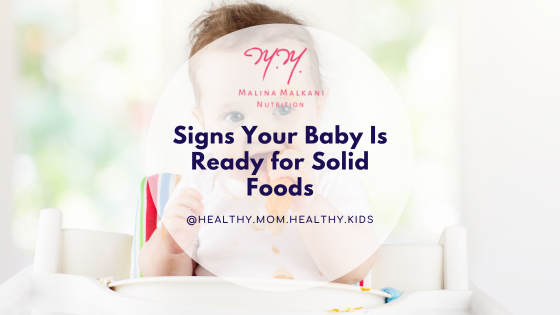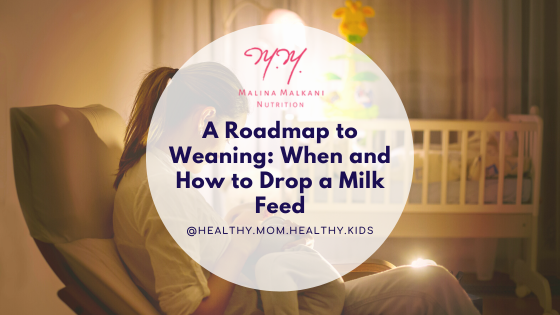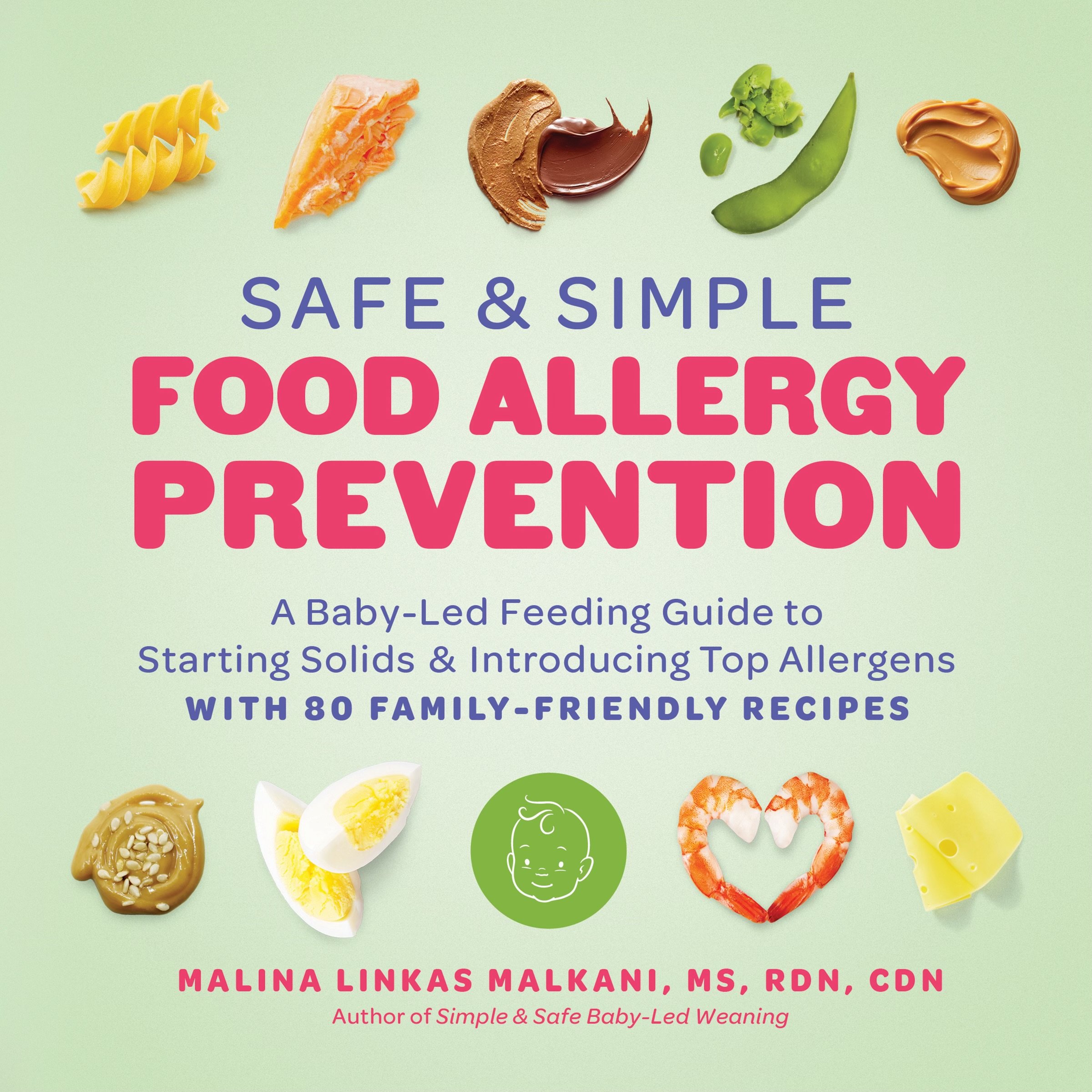Breastfeeding Benefits By Month
Breast milk is uniquely designed to supply infants with optimal nutrition for the first six months of life, making it the ideal food for babies.
Not only does breast milk supply a perfect nutrient composition, but it is also easily digestible, contains antibodies to support a child’s immune system, and enhances long-term protection against chronic disease. The breastfeeding experience also builds a lasting connection between mom and baby. Not to mention, it’s also arguably the most cost-effective way to feed a child.
In this post, we’ll break down the benefits of breastfeeding by month of life for both mom and baby and explore the recommended timeline for breastfeeding. As breastfeeding may present challenges for some families, we will also discuss alternative options to meet a baby’s nutritional needs with formula.
Breastfeeding benefits by month
According to the World Health Organization (WHO), breast milk can meet an infant’s full nutrition needs through six months old and over half of their nutrition needs into the second year of life. Here is a breakdown of breastfeeding benefits by month during the first year of a child’s life.
First week: During the first few days after birth while your body is working to increase milk supply, the breasts produce a yellowish substance called colostrum. Colostrum is a thicker substance that is incredibly rich in nutrients and protective immunity factors… Think of it as liquid gold for a baby's body.
One to Two Months: This time is critical for developing a healthy immune system. Compounds found in breast milk promote healthy microbiome development which strengthens a child’s immune system and ability to fight infection. In infants breastfed for up to two months, we see a significant decrease in the risk of Sudden Infant Death Syndrome (SIDS) and general infant mortality.
Six months: Until this point, the American College of Obstetricians and Gynecologists, the American Academy of Pediatrics (AAP), the World Health Organization (WHO), and other experts recommend exclusive breastfeeding. Breast milk contains the complete nutrition babies need along with additional health benefits we will discuss later on. At this point, most babies are developmentally ready to start weaning with solid foods.
Nine months: Research shows that breastfeeding for at least 9 months enhances cognitive development. Additionally, there is a significantly reduced risk of infant diarrhea and diarrhea-related mortality in infants breastfed for nine months up to one year.
Benefits of breastfeeding for mom and baby
Long-term health benefits of breastfeeding for baby
There are many long-term benefits when it comes to breastfeeding. Breastfeeding has been found to help protect children against chronic conditions such as obesity, cardiovascular disease and diabetes. It also may play a preventative role in the development of early eczema, leukemia, respiratory infections and digestive disorders, such as celiac, Crohn’s and ulcerative colitis.
Studies also show that breastfeeding reduces the risk of infant mortality by up to 40% and the risk of Sudden Infant Death Syndrome (SIDS) by up to 64%, especially up to two months. Even further, there is evidence that breastfeeding supports an infant’s mental health and psychomotor development.
Breast milk contains natural probiotics and prebiotics called human milk oligosaccharides. These compounds promote the development of a healthy gut, which is directly related to a baby’s immune system. Did you know over 70% of our immune system is in our gut? Breast-fed infants have significantly more developed and diverse microbiomes.
A healthy microbiome enhances immune system functioning and therefore lower rates of infection and susceptibility to SIDS, especially in the first year of life. Some research shows that these gut-healthy elements of breast milk may even help prevent the development of childhood asthma.
Additionally, breastfeeding encourages bonding relationships between mom and baby that last a lifetime… This also correlates to decreased risk for postpartum depression in mothers.
Breastfeeding benefits for mom
Aside from providing optimal nutrition for babies, breastfeeding has benefits for mothers as well. In fact, there is a lower risk for breast and ovarian cancer development in mothers who breastfeed.
Additionally, studies have shown that lactation has protective effects against chronic conditions such as postpartum development of diabetes, high blood pressure, and cardiovascular disease.
As wonderful as it is, I think we can all agree that childbirth is not generally easy. Breastfeeding can help speed up the postpartum recovery process by reducing postpartum bleeding and premature menstruation, promoting positive metabolic change, and facilitating uterine healing.
Minimum time to breastfeed for benefits
WHO and UNICEF recommend that breastfeeding is initiated within one hour of birth if possible. The American Academy of Pediatrics (AAP) recommends exclusive breastfeeding for the first six months of life, and continuing to breastfeed as solid food is introduced for two years or longer, as long as it is working for both the mother and the child. Specific to SIDS, we see the greatest preventative benefits when a child is breastfed for at least one to two months.
The longer a child is breastfed, the more long-term the health benefits. Studies show that increased duration of breastfeeding is correlated to greater infectious disease prevention as well as decreased risk of chronic disease, including diabetes mellitus, cardiovascular disease, celiac disease, and inflammatory bowel disease. Many breastfeeding mothers report cessation of breastfeeding due to prolonged nipple pain and/or inadequate milk supply (PIMS).
Click HERE for a blog post on Foods That Increase Breast Milk Supply for tips to minimize early weaning from breast milk.
All this being said, there is no set recommendation for how long children should be breastfed. Ultimately, when to stop breastfeeding is a personal decision that should be based on your child and on you.
What if I can’t breastfeed?
As a pediatric dietitian and mom, I recommend breastfeeding during infancy as the gold standard of nutrition, but the truth is that breastfeeding is not always a feasible option for families. There are also some circumstances in which breastfeeding is not recommended. For example, if a baby has certain metabolic disorders or if mothers take certain medications or have HIV that can be passed to the child through milk.
When breastfeeding is not an option, infant formulas that meet the Food & Drug Administration’s nutrition requirements for infants are an excellent alternative, and may even be supplemented alongside breast milk. Infant formula is the most tightly regulated food in the U.S., and must contain a specific range of 30 nutrients essential for infant growth and development and meet certain food safety standards.
Click HERE for a blog post on Best Formulas to Supplement Breastfed Babies with tips for selecting an infant formula when breastfeeding is not preferable or presents challenges.
Weaning with solid foods
Some babies are developmentally ready to start solid foods a little earlier than 6 months old. However, the AAP, WHO, CDC, and Academy of Nutrition and Dietetics (AND) recommend waiting until about 6 months old when signs of readiness are present.
After 6 months, babies need to start getting iron and zinc from foods, as breast milk alone is not enough to meet their needs. It can be intimidating to start feeding with solids, so it is important to look out for indicators of readiness for safe swallowing and digestion when weaning off of breast milk, infant formula, or both.
Click HERE for a blog post on Signs Your Baby is Ready for Solid Foods
These include:
Baby can sit upright with minimal support
Baby can hold his or her head/neck steady when sitting
Baby can grab larger objects and pull them to the mouth
Baby is interested in food and opens their mouth when food is offered
Baby can swallow some food rather than pushing it back out on chin
If you’re considering initiating the transition to solid foods with your child, click HERE for A Roadmap to Weaning: When and How to Drop a Milk Feed.
Before you go...
Did you know that you can help prevent food allergies by simply using real foods to feed your baby—and that during the process, feeding your family can become so much easier because everybody eats the same thing (baby included)? To learn more, check out my new book! This accessible, practical guide is the only starting solids book you will need.
Thank you to my Dietetic Intern, Madeline Mills for her contributions to this blog post.







